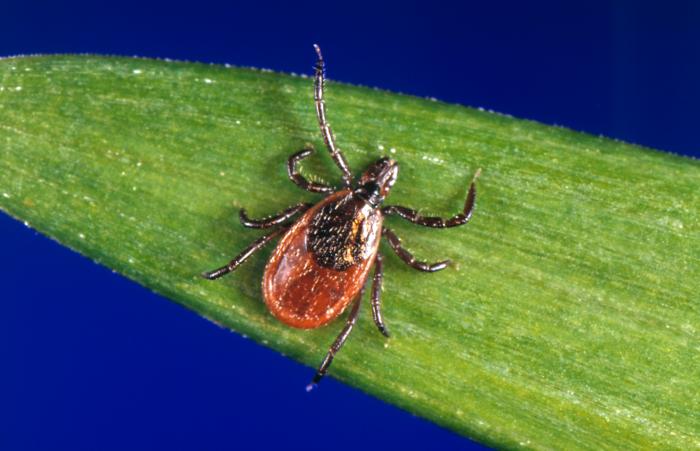Howard Ginsberg, PhD, Professor with the Department of Plant Sciences and Entomology at University of Rhode Island joined me to talk about a USGS-led study looking at the differences in geographical distribution of Lyme disease.
The study, published in the journal PLoS One suggests that under environmentally-realistic conditions, southern environments exert greater mortality pressure on ticks than is experienced by northern ticks, because of the increased desiccation stress under the warmer southern conditions.
Researchers hypothesize that host-seeking nymphs in southern populations of Ixodes scapularis remain below the leaf litter surface, while northern nymphs seek hosts on leaves and twigs above the litter surface. This behavioral difference potentially results in decreased tick contact with humans in the south, and fewer cases of Lyme disease.
LISTEN to the interview below:
The Outbreak News This Week Radio Show, the first and only radio program dedicated to infectious disease and health news and information, airs every Sunday at 8 pm ET in the Tampa Bay area on AM 1380 The Biz and online at http://1380thebiz.com/
Related:
- Lyme Disease Biobank launched, one-stop access to patient samples
- Pennsylvania Lyme disease: An interview with Dr Amesh Adalja
- Lyme disease ticks, blacklegged ticks, found in eastern national parks
- Lyme disease expert talks diagnosis, treatment and ‘chronic Lyme’
- Lyme disease bacteria, Borrelia, able to form biofilms that make them resistant to treatment
- Lyme disease: Ecologist predicts 2017 a bad year in Hudson Valley



This makes perfect sense! As climate changes occur, it also makes sense that incidences of Lyme and tick-borne illness will increase in even more northern areas in the future.
Dan Wolff founder of TickEase